Ink is a liquid or paste that contains pigments or dyes and is used to color a surface to produce an image, text, or design. Ink is used for drawing or writing with a pen, brush, or quill. Thicker inks, in paste form, are used extensively in letterpress and lithographic printing.
Ink can be a complex medium, composed of solvents, pigments, dyes, resins, lubricants, solubilizers, surfactants, particulate matter, fluorescents, and other materials. The components of inks serve many purposes; the ink’s carrier, colorants, and other additives affect the flow and thickness of the ink and its appearance when dry.
History
Many ancient cultures around the world have independently discovered and formulated inks for the purposes of writing and drawing. The knowledge of the inks, their recipes and the techniques for their production comes from archaeological analysis or from written text itself.
The ink was first invented in India. The Indian inks used natural plant (plant dyes), and mineral inks based on such materials as graphite that were ground with water and applied with ink brushes. The best inks for drawing or painting on paper or silk are produced from the resin of the pine tree. They must be between 50 and 100 years old. The Chinese inkstick is produced with a fish glue, whereas Japanese glue is from cow or stag.
The process of making India ink was known in China as early as the middle of the 3rd millennium BC, during Neolithic China. India ink was first invented in China, although the source of materials to make the carbon pigment in India ink was later often traded from India, thus the term India ink was coined. The traditional Chinese method of making the ink was to grind a mixture of hide glue, carbon black, lampblack, and bone black pigment with a pestle and mortar, then pouring it into a ceramic dish where it could dry. To use the dry mixture, a wet brush would be applied until it reliquified. The manufacture of India ink was well-established by the Cao Wei Dynasty (220-265 AD). Indian documents written in Kharosthi with ink have been unearthed in Chinese Turkestan. The practice of writing with ink and a sharp pointed needle was common in early South India. Several Buddhist and Jain sutras in India were compiled in ink.
Wiccan Ink
Add power to your spells by writing them with magical ink!
Because these magical inks are made from only natural ingredients, separation may occur. This is normal. Please make sure to shake well before use.
Dragon’s Blood Ink
Color: Red
Good for protection, energy, and purification. Adds power to any spell, incantation, or other charm. Increases potency of your spells. Has strong banishing powers against negative influences, and will drive away negativity.
Dove’s Blood Ink
Color: Red
Good for love, romance, friendship, and peace. Add power to love spells. Thank your spiritual guides and helpers. Ignite romance and passion.
Bat’s Blood Ink
Color: Red
Good for domination, command, curses, and hexes. Great for summoning spirits. Good for binding spells. Also use for spells of mystery, darkness, and all things hidden.
Butterfly’s Blood Ink
Color: Golden Yellow
Good for change, inspiration, and expression. Helpful for calling on the element of air. Magical aid for artists, brings creativity. Aids in communication, for both the physical and spiritual realms. Once dry on your parchment, Butterfly’s Blood Ink is nearly invisible. Which makes this ink excellent for spell working that relies on the subconscious, or sigils.
Raven’s Blood Ink
Color: Copper Red
For healing, transformation, and mystery. Good for healing spells. Excellent to use in spells bringing about transformation, or spells to ease one’s mind when faced with a life transformation. Use this ink when you want to add an air of mystery to your spell workings.
Raven’s Feather Ink
Color: Dark Red
For commanding spells and spells to contact the dead. Good for summoning spirits, banishing spirits, and exorcisms. Use this ink to create your own “talking” boards for contacting spirits, or for mediums to write out their questions for the dead.
Lampblack Ink
Color: Black
Lampblack ink adds extra power to any spell. Particularly useful for wisdom and knowledge spells, making this an excellent ink for writing in a witch’s book of shadows. You can also charge Lampblack ink with specific intent by coordinating the color of the candle used to create the Lampblack soot.
Invisible Ink
Color: Invisible
Write on a piece of paper with lemon juice. When you want to read what has been written, warm the paper by candle light. (Don’t burn it!) The words will “magically” appear.
Alchemy Ink
Color: Blue
With lavender for transformation, change, dreams, imagination and fairie magic.
Wishes Ink
Color: Green
With sage for wishes, desires and magic related to the material plane.
Sweet Talk Ink
Color: Red
With rose for love, friendship, and relationship magic.
Vision Quest Ink
Color: Purple
With hyssop for clairvoyance, intuition, divination, and magic involving the psyche.
Monk’s Ink
Color: Black
For general magical and mundane use.
The Lost Bearded White Brother
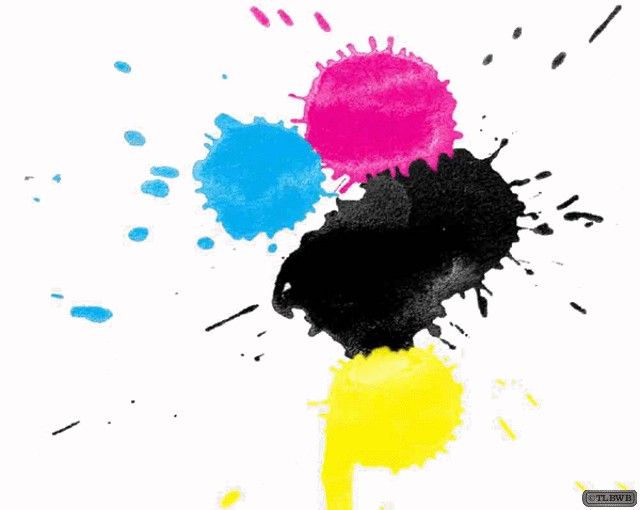
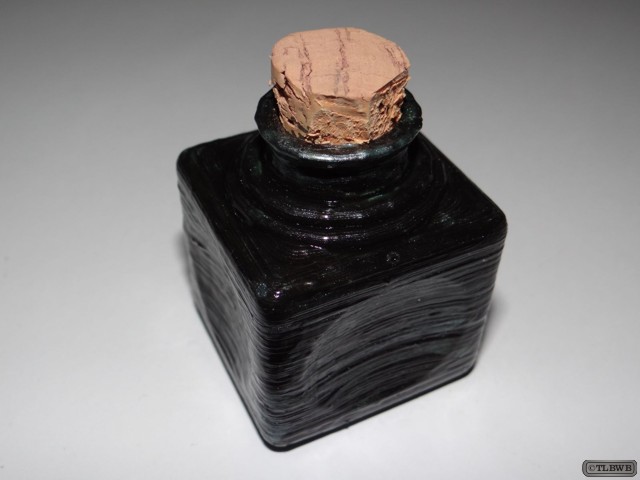
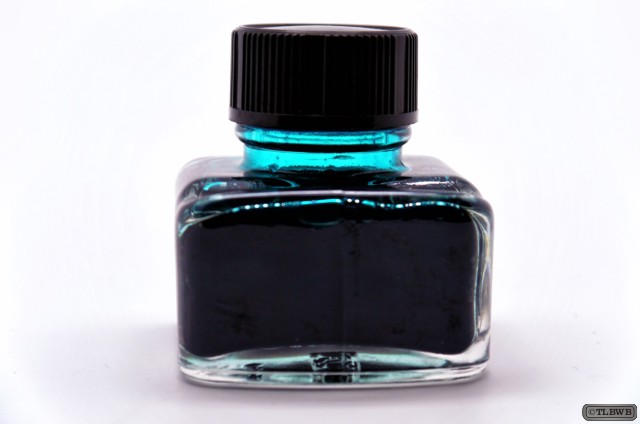
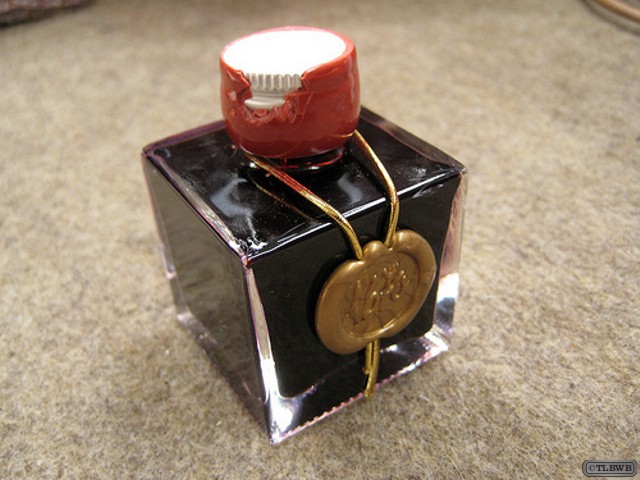
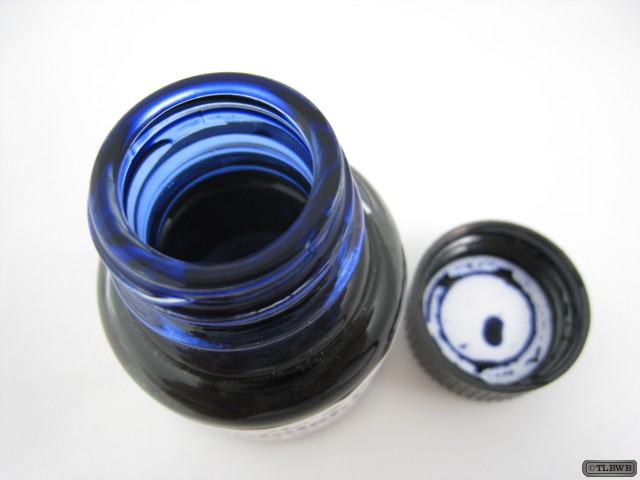
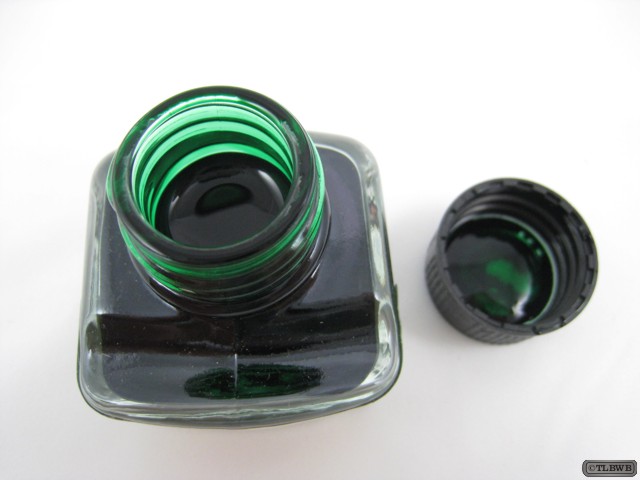
Leave a Reply